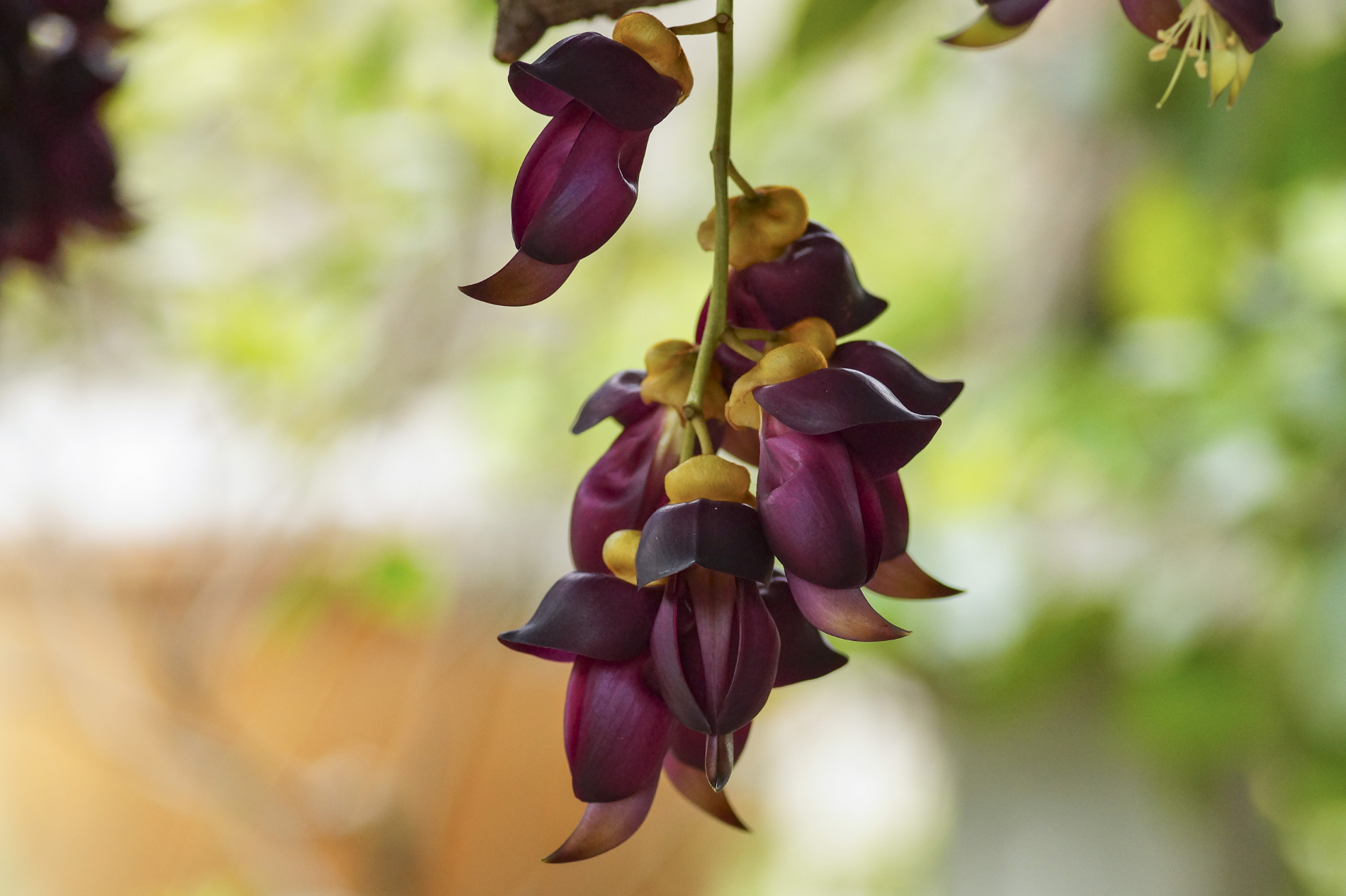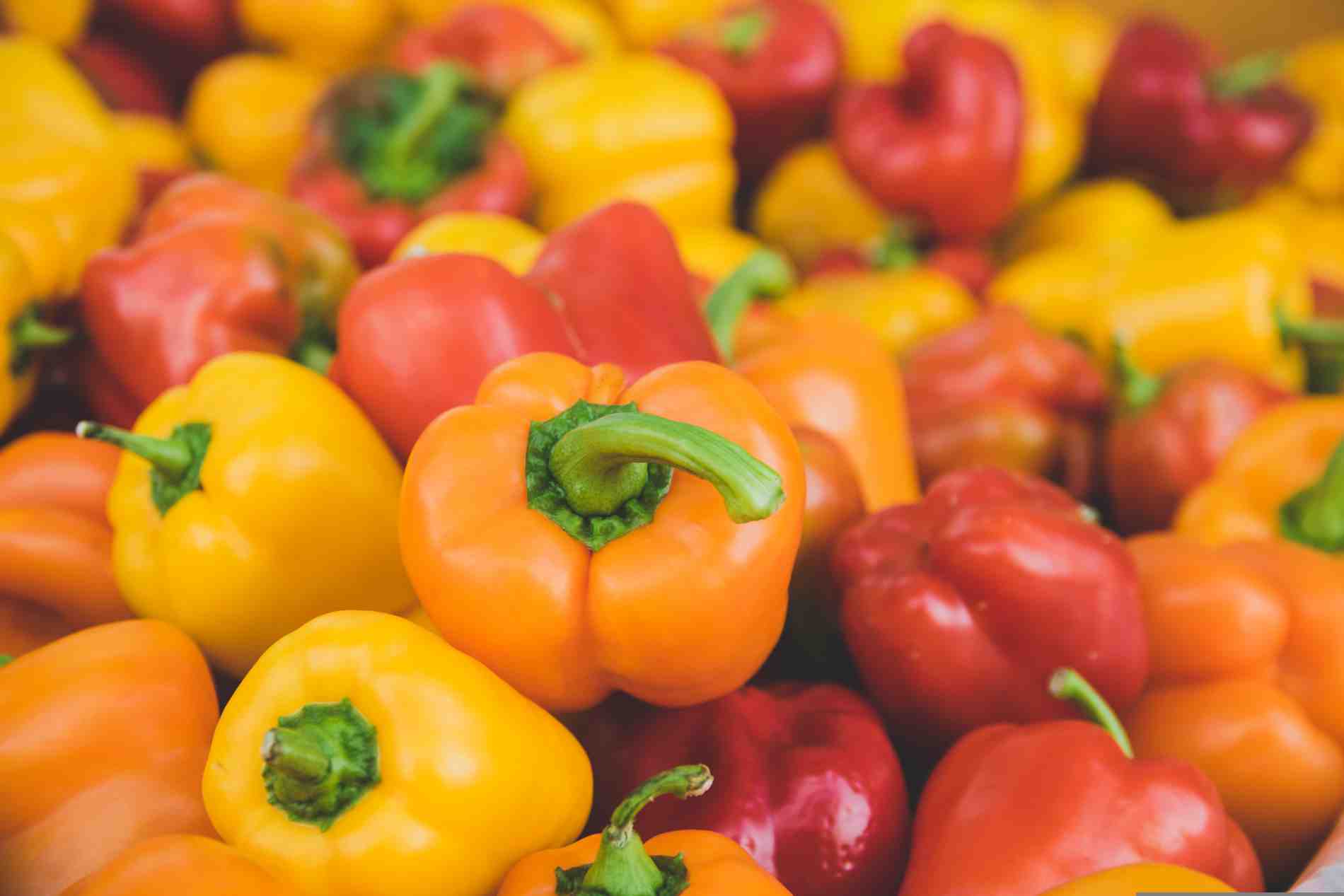Introduction
The pansy, known botanically as Viola tricolor, is a charming plant that is not only captivating for its colorfulness, but also for its healing properties. As early as the Middle Ages, healers valued the plant for its many effects. This text describes in detail the discovery, the various forms of application and dosages, the healing effect, the way it works on the body, as well as additional recommendations and possible side effects.
Pansy: The discovery
The pansy was first discovered as a medicinal plant in Europe in the 16th century. Herbalists and healers recognized the plant’s special properties early on. They used it to treat various skin diseases and valued it as a remedy for coughs and colds. Its popularity as an ornamental plant in gardens and as a medicinal plant in naturopathy grew steadily, and it found its way into many traditional healing methods.
Dosage forms and dosage
The pansy can be used in a variety of forms. The best known are:
- Tea: An infusion of the dried flowers and leaves is often drunk for skin problems and respiratory diseases. To prepare it, about two teaspoons of dried flowers are poured over 250 ml of hot water and strained after ten minutes.
- Tincture: alcoholic extracts of the plant are used internally and externally. The usual dosage is 20-30 drops three times a day.
- Ointments and creams: When applied externally, they help with skin irritations and inflammatory skin conditions.
- Capsules and tablets: These forms of administration are convenient for taking on the go. The dosage varies depending on the manufacturer, so you should pay attention to the information on the packaging.
Healing diseases
The pansy is traditionally used to treat a wide range of ailments:
- Skin problems: Eczema, acne and psoriasis can be alleviated by the anti-inflammatory and soothing properties of the plant.
- Respiratory diseases: Pansies have an expectorant and soothing effect on coughs, bronchitis and asthma.
- Digestive disorders: It promotes digestion and helps with flatulence and stomach cramps.
- Inflammation and infection: The plant has an antimicrobial effect and can be helpful for minor wounds and infections.
Pansy: Effects on the body
The healing properties of pansies are based on various ingredients, including flavonoids, salicylates, saponins and mucins. These substances have the following effects on the body:
- Anti-inflammatory: the flavonoids have an anti-inflammatory and antioxidant effect, which is particularly helpful for skin and respiratory diseases.
- Expectorant: the saponins have an expectorant and mucolytic effect, which is beneficial for coughs and bronchitis.
- Antimicrobial: The plant has antimicrobial properties that can fight infections.
- Soothing: The mucins soothe the mucous membranes of the digestive tract and respiratory system.
When should pansies be taken or supplemented?
Pansy should be taken when symptoms of the above-mentioned diseases occur. It is particularly suitable:
- At the first sign of skin irritation or difficulty breathing.
- During the cold season to support the respiratory system.
- For digestive complaints to regulate gastrointestinal function.
Contraindications and warnings
The use of pansy is not recommended for certain people:
- Pregnant and breastfeeding women should be cautious due to insufficient studies.
- Allergy sufferers should carry out a tolerance test before use.
- People with a known allergy to salicylates should avoid pansies, as they contain salicylates.
Additional medicinal plants and dietary supplements
The following medicinal plants and food supplements can be taken to support the healing effect of pansies:
- Chamomile: has an anti-inflammatory and soothing effect, ideal for skin and stomach problems.
- Marshmallow root: promotes the loosening of mucus and soothes the respiratory tract.
- Zinc: promotes wound healing and strengthens the immune system.
- Omega-3 fatty acids: have an anti-inflammatory effect and support healthy skin.
Foods with a high content of pansy ingredients
Some foods contain ingredients similar to those of the pansy:
- Berries (such as blueberries and raspberries) are rich in flavonoids.
- Cucumbers and courgettes contain mucilage, which has a soothing effect on the stomach.
- Willow bark: contains natural salicylates that have a similar effect to those found in pansies.
Side effects and overdose
Although pansies are generally well tolerated, side effects can occur, especially with overdoses:
- Gastrointestinal complaints: If the dosage is too high, nausea, diarrhea or abdominal pain may occur.
- Allergic reactions: Skin rash or breathing difficulties in sensitive individuals.
- Interactions: Caution is advised when taking blood-thinning medication at the same time.
Pansy: natural remedies
In naturopathy, pansies are mainly used as:
- Tea: for skin problems and respiratory complaints.
- Tincture: internally and externally for inflammation.
- Ointment: for skin irritations and inflammatory diseases.
Conclusion
The pansy is a versatile medicinal plant that has been valued in natural medicine for centuries. Its anti-inflammatory, expectorant and antimicrobial properties make it a valuable household remedy for many ailments. However, it should always be used with caution to avoid possible side effects. In combination with other medicinal plants and a balanced diet, the pansy can make a valuable contribution to health.




